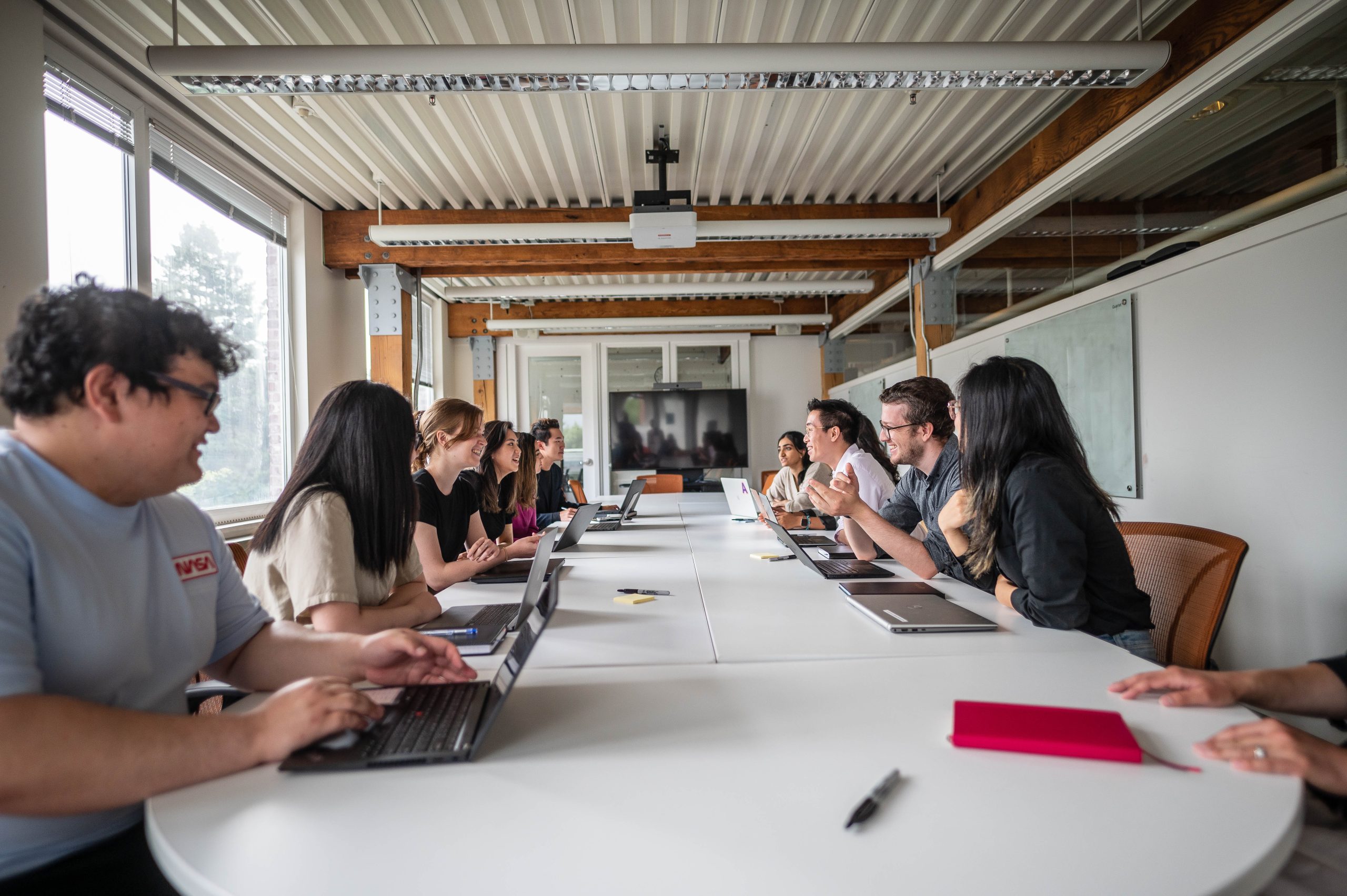Asian-Indigenous encounters have played and continue to play a significant role in the history and existence of the Pacific Northwest coast and of British Columbia. Elder Margaretta James’ story is one example of how these encounters have shaped the lives of individuals, families, and communities.
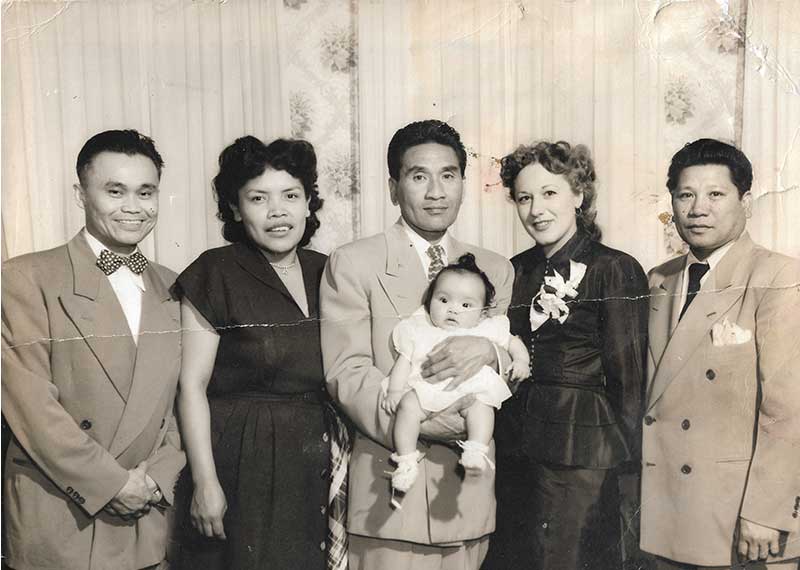

Photo from the Coming Home exhibit (courtesy of Margaretta James)
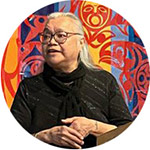

Margaretta James, Master's student, GRSJ
Margaretta James’ thesis project is an exhibit that brings together years of personal reflection and academic work as part of her Master’s degree with the Institute for Gender, Race, Sexuality and Social Justice (GRSJ). On May 30, a powerful and emotional opening ceremony took place in the Irving K. Barber Learning Centre where friends, family, colleagues, and supporters of Margaretta and her project came together to celebrate the launch of the exhibit Coming Home, which will be running until July 24 in the foyer just outside of the Chung | Lind Gallery. The exhibit explores the relationship between Indigeneity and Asian migrations to the west coast of North America. For Margaretta, who has also been a Visiting Fellow-in-Residence at UBC’s St. John’s College (SJC), the exhibit shines light on “what it means to reclaim one’s personal and family history, community treasures and belongings, and the right to truth-telling”.
Victoria So, an alumna of the Asian Canadian and Asian Migration Studies (ACAM) program at UBC, and Jennifer Lu, Assistant Academic and Operations Manager at St. John’s College, have played key supporting roles in bringing the exhibit together. I recently sat down with Margaretta, Victoria, and Jennifer to learn more about the project, the exhibit, and their collaboration that helped bring it all together.
Can you tell us briefly about the project?
Margaretta James: I was given the opportunity to fulfill a role as Elder and then Fellow-in-residence at St. John’s College at UBC in 2020. This transitioned into my Master’s degree, where my thesis enables me to share my lived experience as an Asian-Indigenous member of the Mowachaht/Muchalaht of the Nuu-chah-nulth where I reside and continue to live in community. My many roles in my family, various community advocacies and passion for cultural heritage have afforded me this exhibit venue to present a unique transpacific version of resiliency of the human spirit.
Jennifer and Victoria, how did your involvement with the project come about?
Victoria So: I began working with Margaretta to document her story during my time as an undergraduate student research assistant with UBC’s Centre for Asian Canadian Research & Engagement (ACRE). Now as an ACAM alumna with both interest and experience in museums and curation work, ACRE and SJC jointly contracted me to project manage the process, as well as to co-curate the exhibit with Margaretta.
Jennifer Lu: Incidentally, when Victoria was still a student on our team and we began our relationship with Margaretta, I was managing the ACRE student research team as the ACRE Community Engagement Manager. I am currently providing staff support for this project as a staff member at SJC, where we are privileged to have Margaretta as one of our Visiting Fellows-in-Residence.
What are some of the Asian-Indigenous encounters highlighted in the project?
Margaretta James: There are three core connections at the heart of this project: i. My father’s migration story from the Philippines to North America in the pre-Depression era; ii. My mother’s rural small community transition to post-World War II urban life employment; and, iii. My own lived experience of Asian-Indigenous community development, from the 1980’s onward. My father, Salvador Reyes Tirazona, was Visayan from the Philippines and migrated to the United States to work along the west coast of North America, a journey that echoes the aspirations of many Asian settlers for social and economic mobility. My mother, Euphemia Stager, was Stl’atl’imx from Lil’wat First Nation and migrated from the reserve in Mount Currie to the cities of Vancouver and Seattle. I married into the Mowachaht/Muchalaht First Nations. The traditional home of the Mowachaht/Muchalaht people is in Yuquot (also known as “Friendly Cove” on Vancouver Island), which was a place of significant global encounter throughout history. Historically, Yuquot was a global center where Indigenous, Asian, and European peoples converged, with the arrival of the first Chinese settlers in 1788.
Jennifer Lu and Victoria So: As a mother, grandmother, and great-grandmother of Filipino and Stl’atl’imx roots, Margaretta’s personal story embodies the broader Asian-Indigenous encounters that were the result of transpacific migration, and that are a part of many peoples’ family histories.
“There are three core connections at the heart of this project: i. My father’s migration story from the Philippines to North America in the pre-Depression era; ii. My mother’s rural small community transition to post-World War II urban life employment; and, iii. My own lived experience of Asian-Indigenous community development, from the 1980’s onward.”
Can you tell us about the Coming Home exhibit currently running? Who should attend?
Margaretta James: My target audience are knowledge seekers who are willing to explore the impact and legacy of different socio-economic cultures. The Irving K. Barber Learning Centre is the venue showcasing the Coming Home exhibit in the four display cases adjacent to the Chung | Lind Gallery on the first floor. There is also a video/audio projection inside the Gallery. The exhibit showcases select items from the Chung | Lind collection, personal and family treasures/belongings, photographs, text-based stories with captions and visuals, and elements from the Yuquot Agenda Paper, a Mowachaht/Muchalaht document presented to the Historic Sites and Monuments Board of Canada. There is also an accompanying digital exhibition online (accessible via a QR code) that centres around the theme of reclamation that is set to launch later this summer.
Victoria So: We encourage anyone and everyone in the UBC community and beyond to visit the exhibit in person at the Irving K. Barber Learning Centre or online through the digital exhibit. We hope you can spend some time learning about Margaretta’s stories, the broader history of Asian-Indigenous encounters, and be inspired to reflect on what “coming home” means to you.
“We encourage anyone and everyone in the UBC community and beyond to visit the exhibit in person at the Irving K. Barber Learning Centre or online through the digital exhibit. We hope you can spend some time learning about Margaretta’s stories, the broader history of Asian-Indigenous encounters, and be inspired to reflect on what “coming home” means to you.”
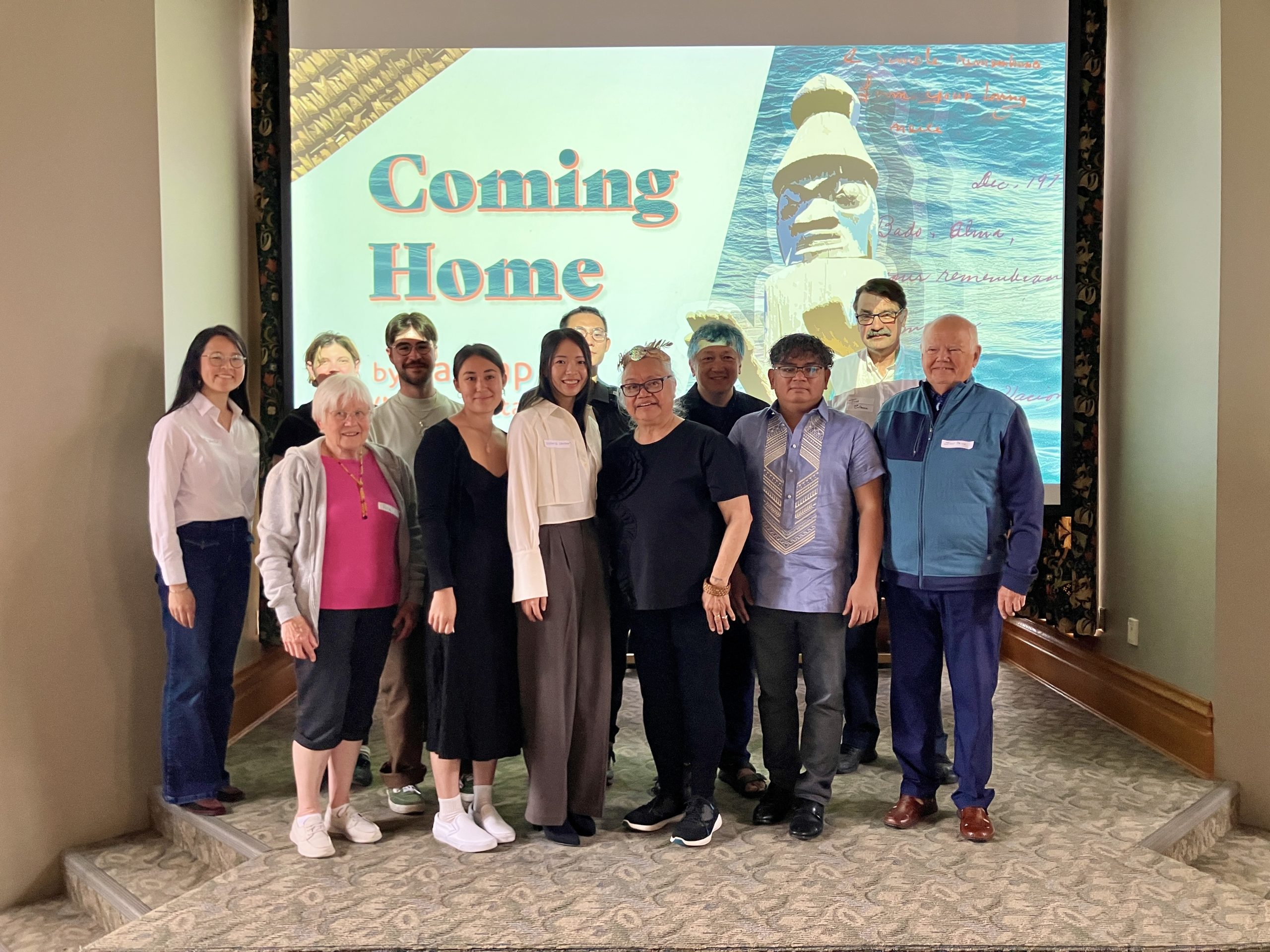

Photo from the Coming Home opening ceremony
Tell us about the collaborative curation process for the exhibit.
Victoria So: The exhibit brought Margaretta and I together as co-curators. Margaretta and I have had many conversations about representing the many facets of her story to make space for all of her to shine through. The exhibit traces her journey through her “Blended Family,” “from Zazilkwa, the swirling eddies of the Líl̓wat River,” “to Old Buswang Road in the Philippines,” “and Yuquot, ‘where the wind blows from all directions’,” to represent each of Margaretta’s roots, how these have manifested in her life, and how these roots continue to be passed down.
Her father, who migrated from Kalibo, Aklan in the Philippines, echoes a similar experience of migration in the pursuit of a better life for his family, and many families across the Asian diaspora. Due to desires to fit in and aspirations to succeed, Margaretta’s father did not teach her Tagalog or Aklanon. Yet, his continued connections to family in the Philippines led Margaretta to hold Kalibo in her heart, leading her to visit the place where her family, including her grandmother, whom she is named after, is from. Each case is meant to show how the histories of her father, mother, and husband all add to who she is, as well as what she does and hopes for today.
As a second-generation Chinese Canadian, I have, at different times, struggled to understand my identity with culture, migration, language, etc. So, approaching Margaretta’s life story, which is rooted in several communities and places, has shown how, although we think of identity as complex, it might not have to be. We are who we are because of our histories, and we are where we are because of that.
“ Including the reclamation of the Yuquot Whaler’s Shrine issue as part of the Coming Home exhibit brings the resilience of the human spirit as inspiration in light of the context of colonialism and its impact. Presenting this example provides an opportunity for all to reconsider and rediscover a more balanced approach to healing and righting the wrongs of the past.”
How will this project & exhibit impact the Asian-Indigenous and Asian-Canadian community?
Margaretta James: Including the reclamation of the Yuquot Whaler’s Shrine issue as part of the Coming Home exhibit, brings the resilience of the human spirit as inspiration in light of the context of colonialism and its impact. Presenting this example provides an opportunity for all to reconsider and rediscover a more balanced approach to healing and righting the wrongs of the past. My personal desire is to present my story of blended, biracial, mixedness in the hope of creating an understanding of the resilient spirit of humanity.
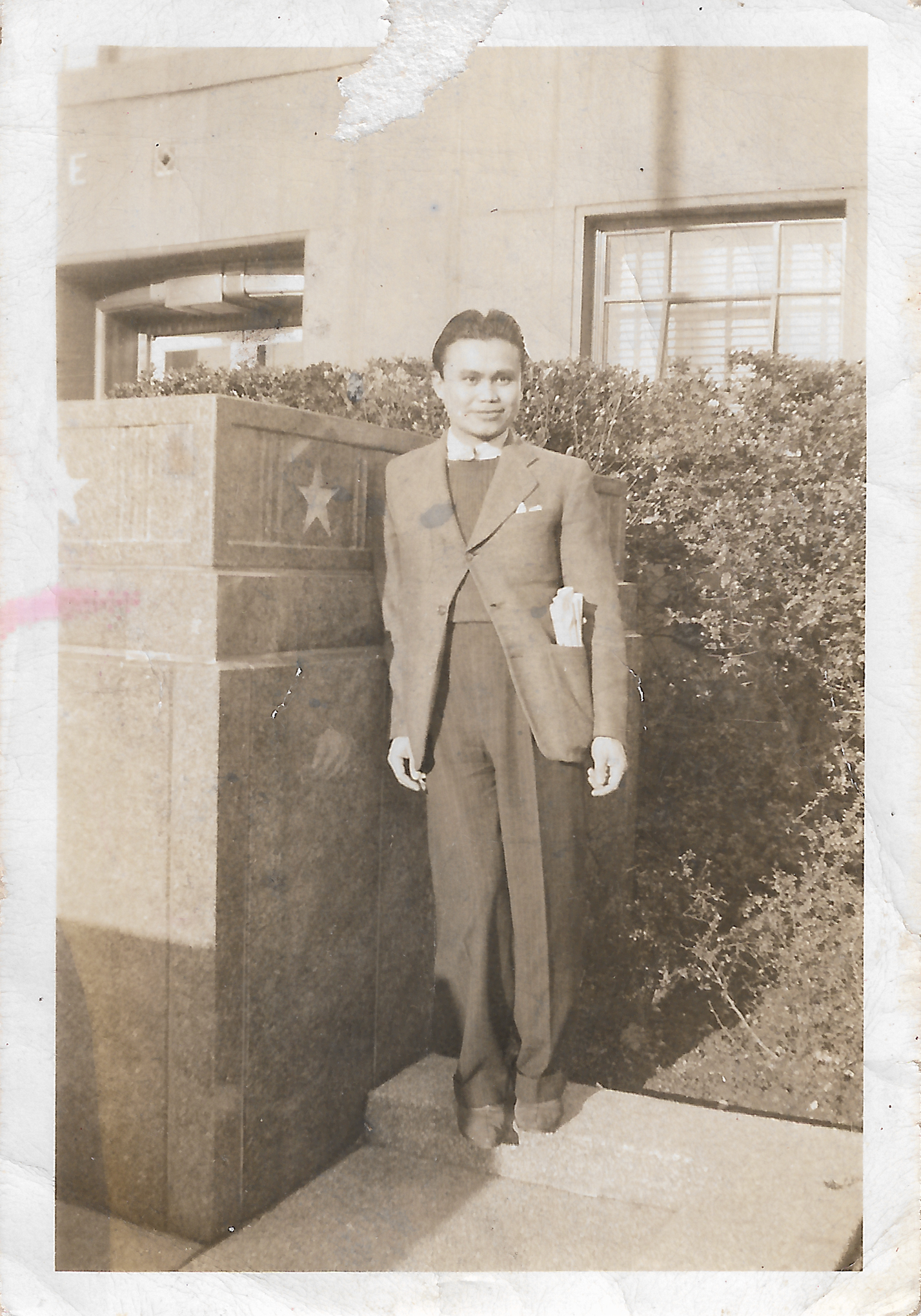
Photo from the "Coming Home" exhibit
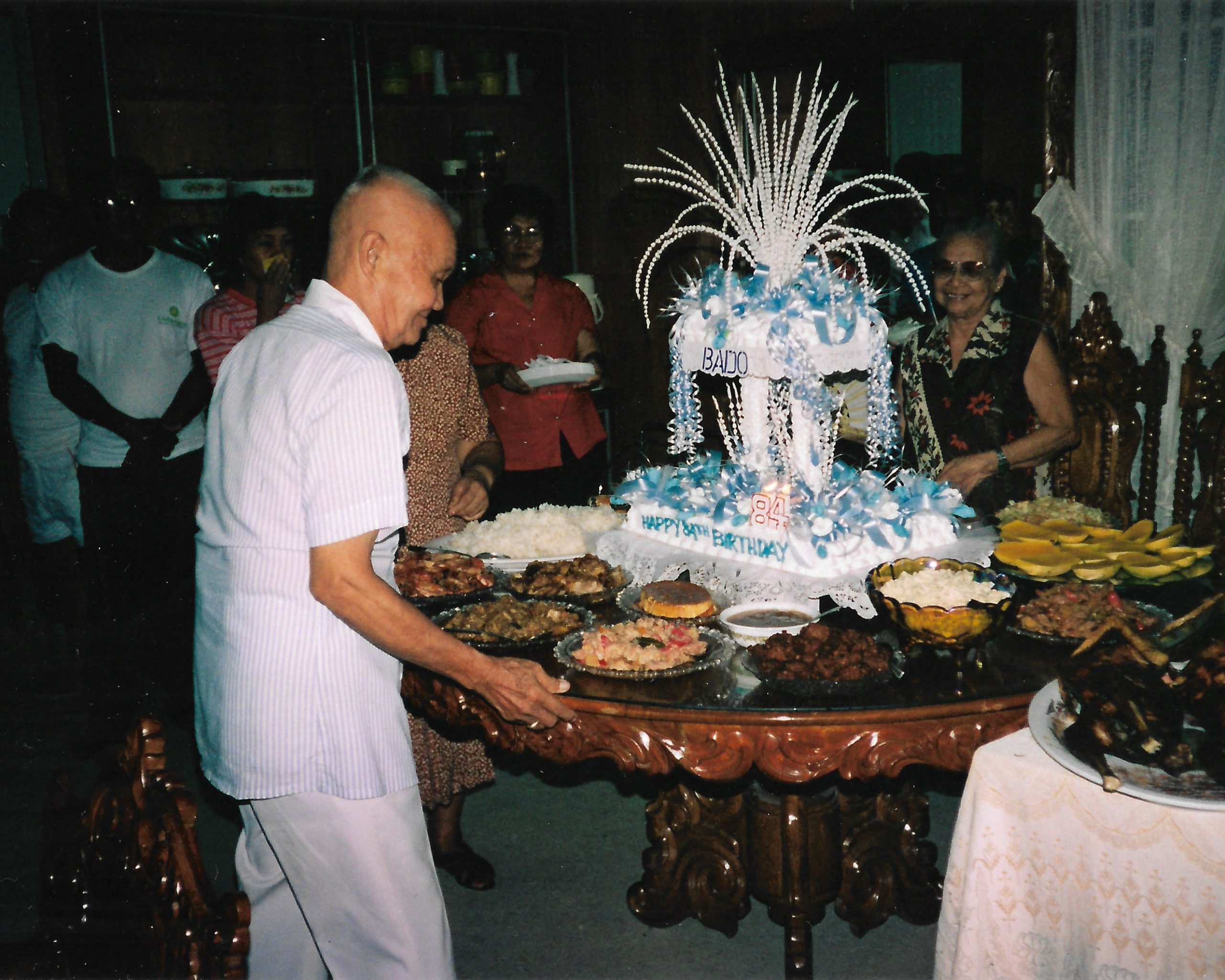
Photo from the "Coming Home" exhibit
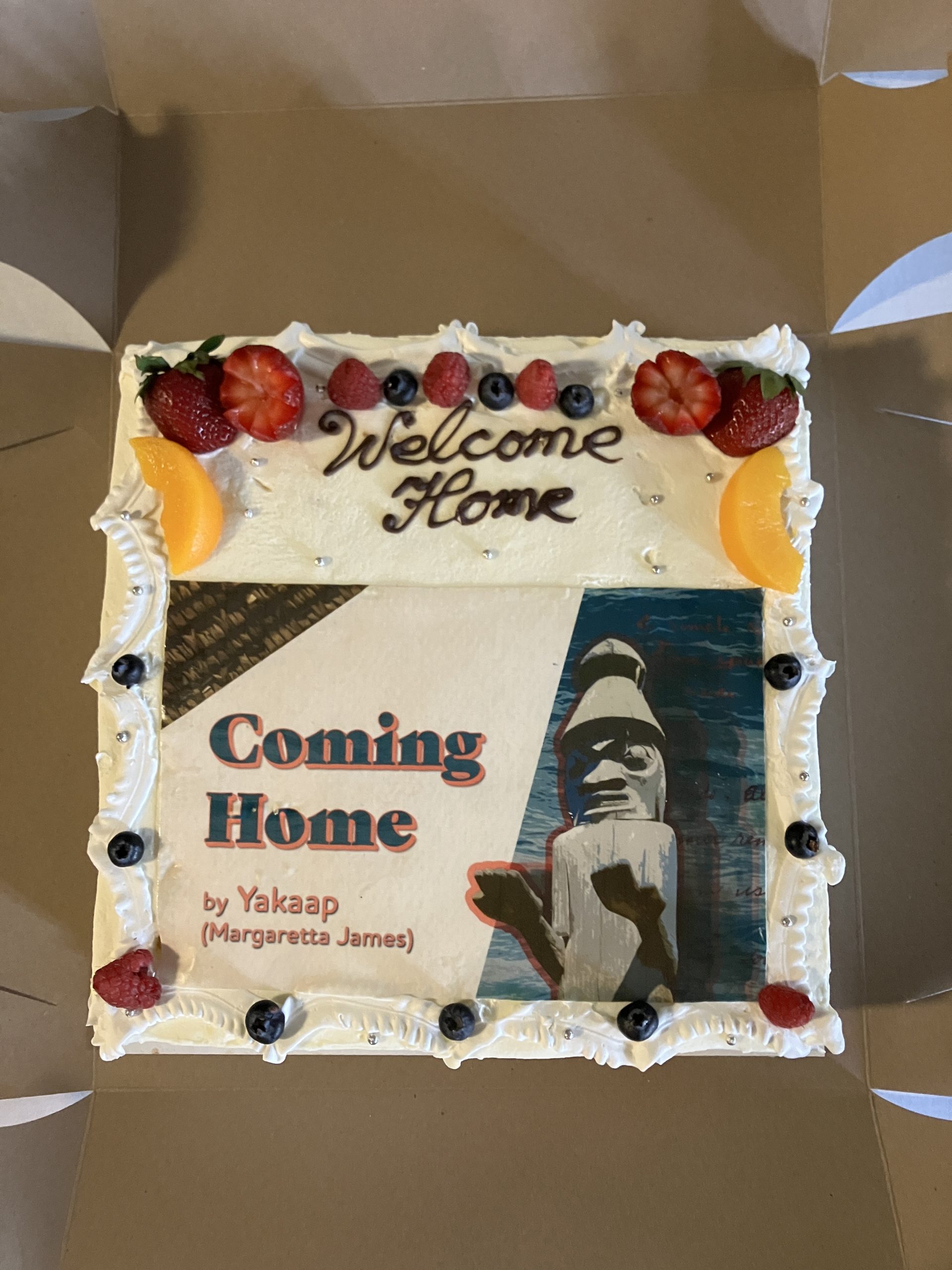
Photo from the "Coming Home" opening ceremony
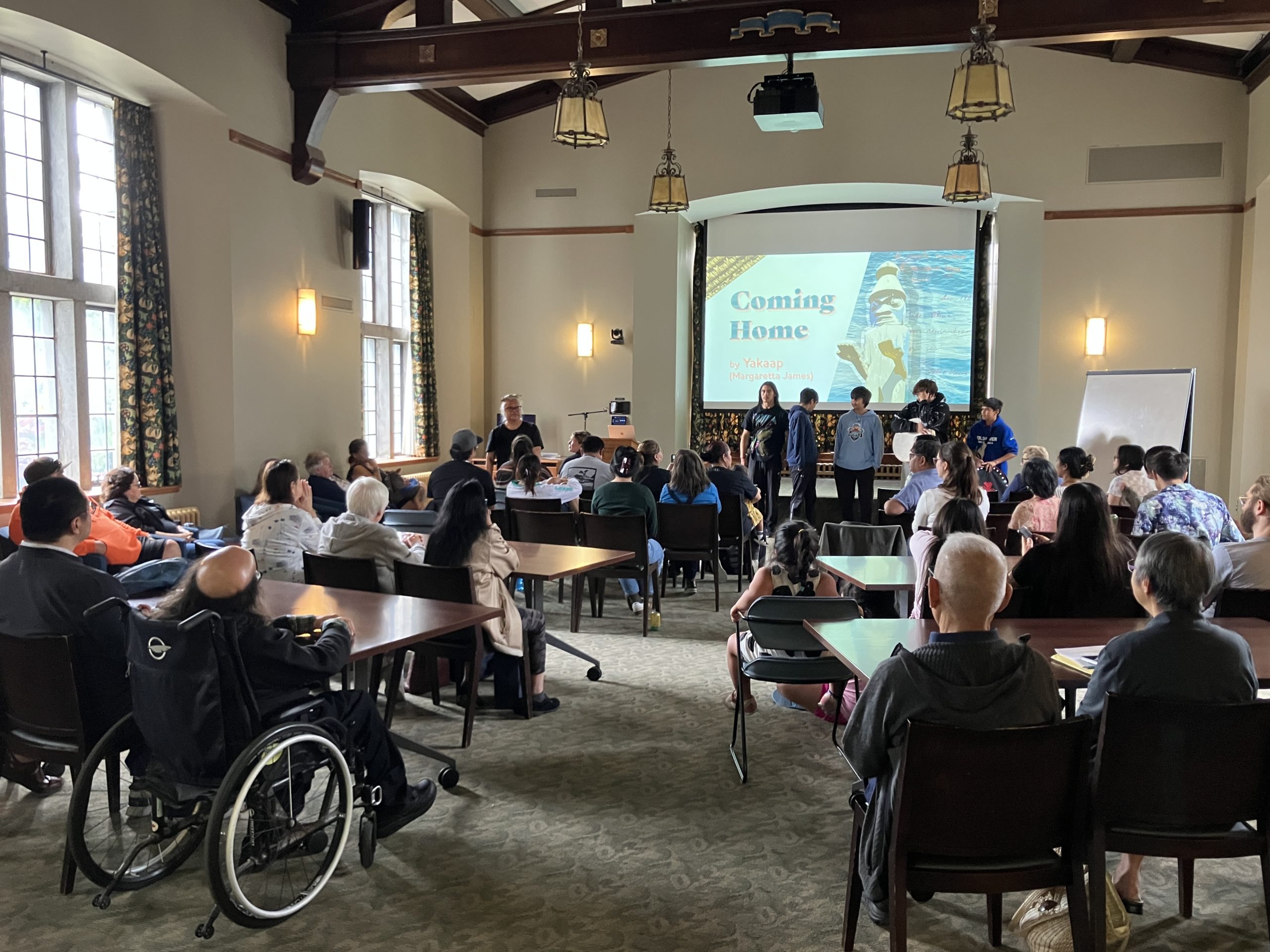
Photo from the "Coming Home" opening ceremony
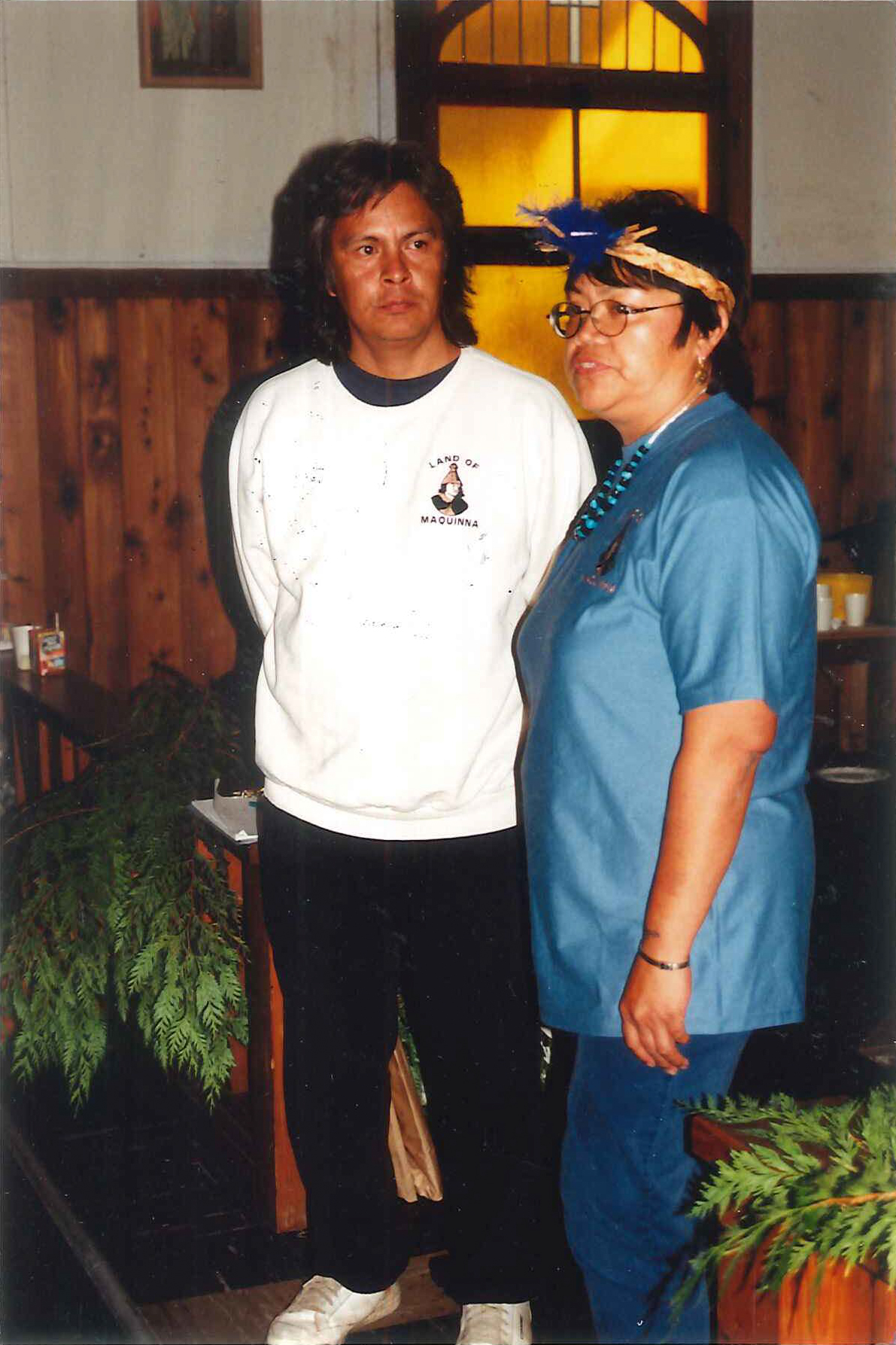
Margaretta James and Nephew Mike Maquinna (1996)
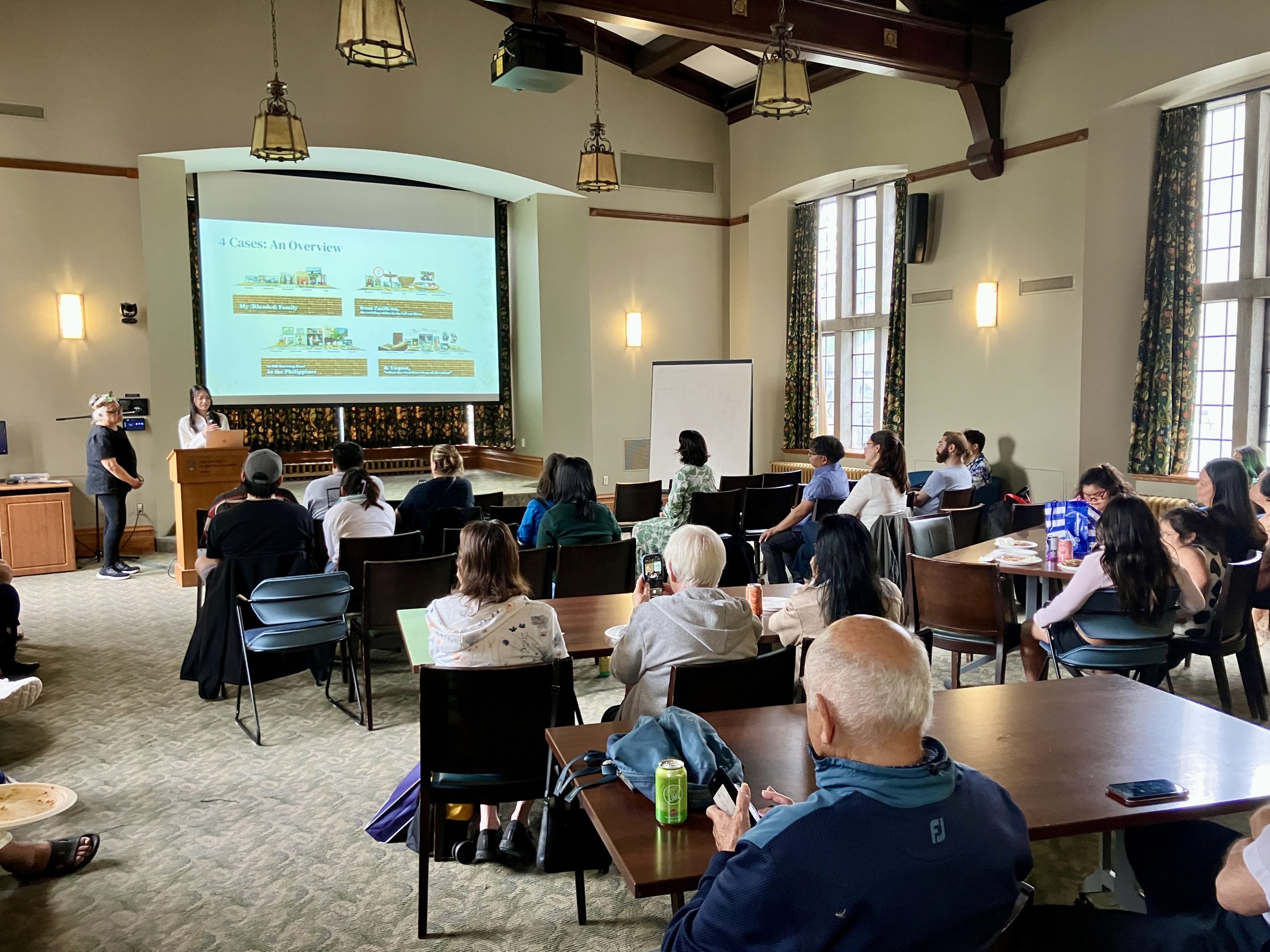
Photo from the "Coming Home" opening ceremony
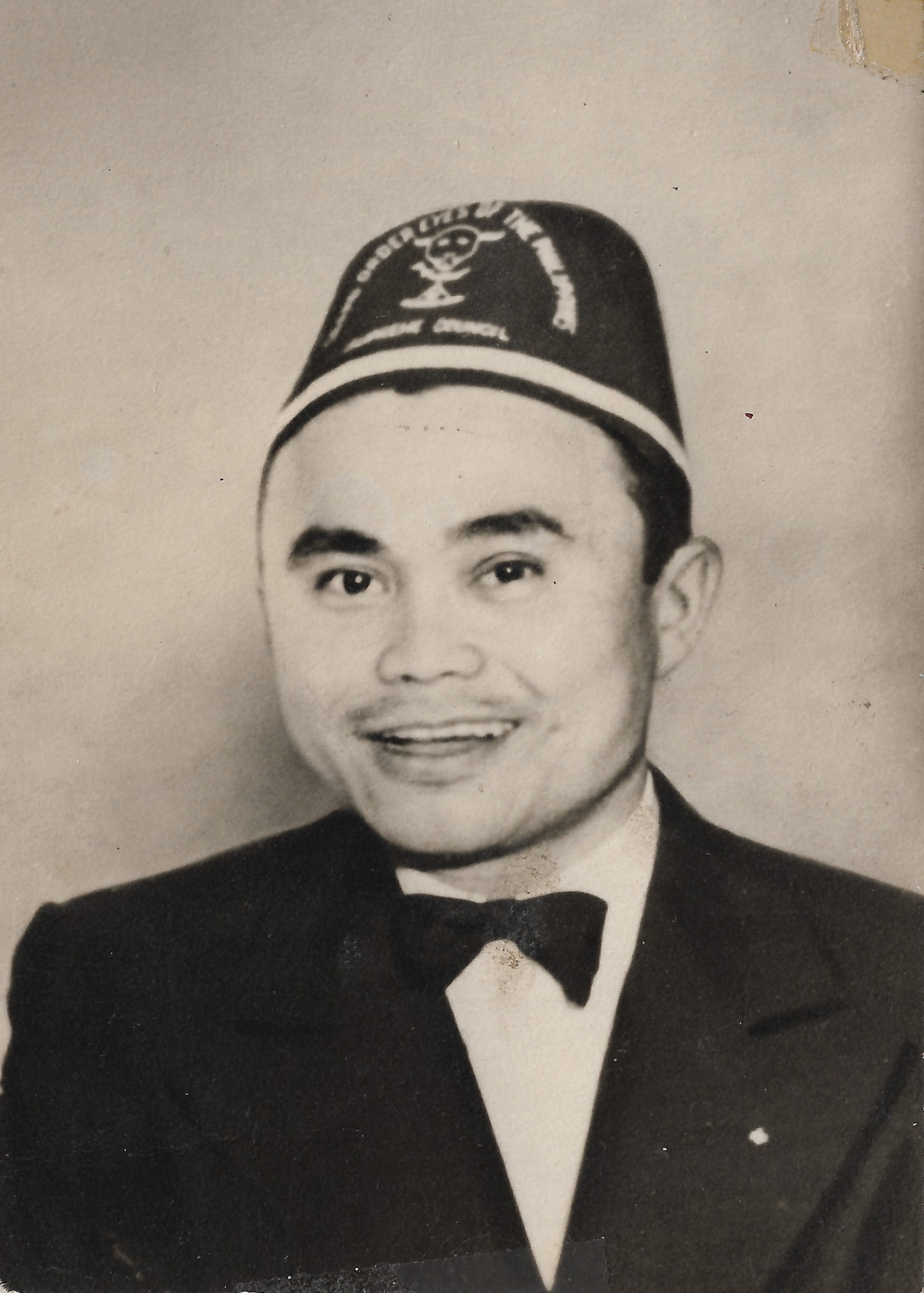
Photo from the "Coming Home" exhibit
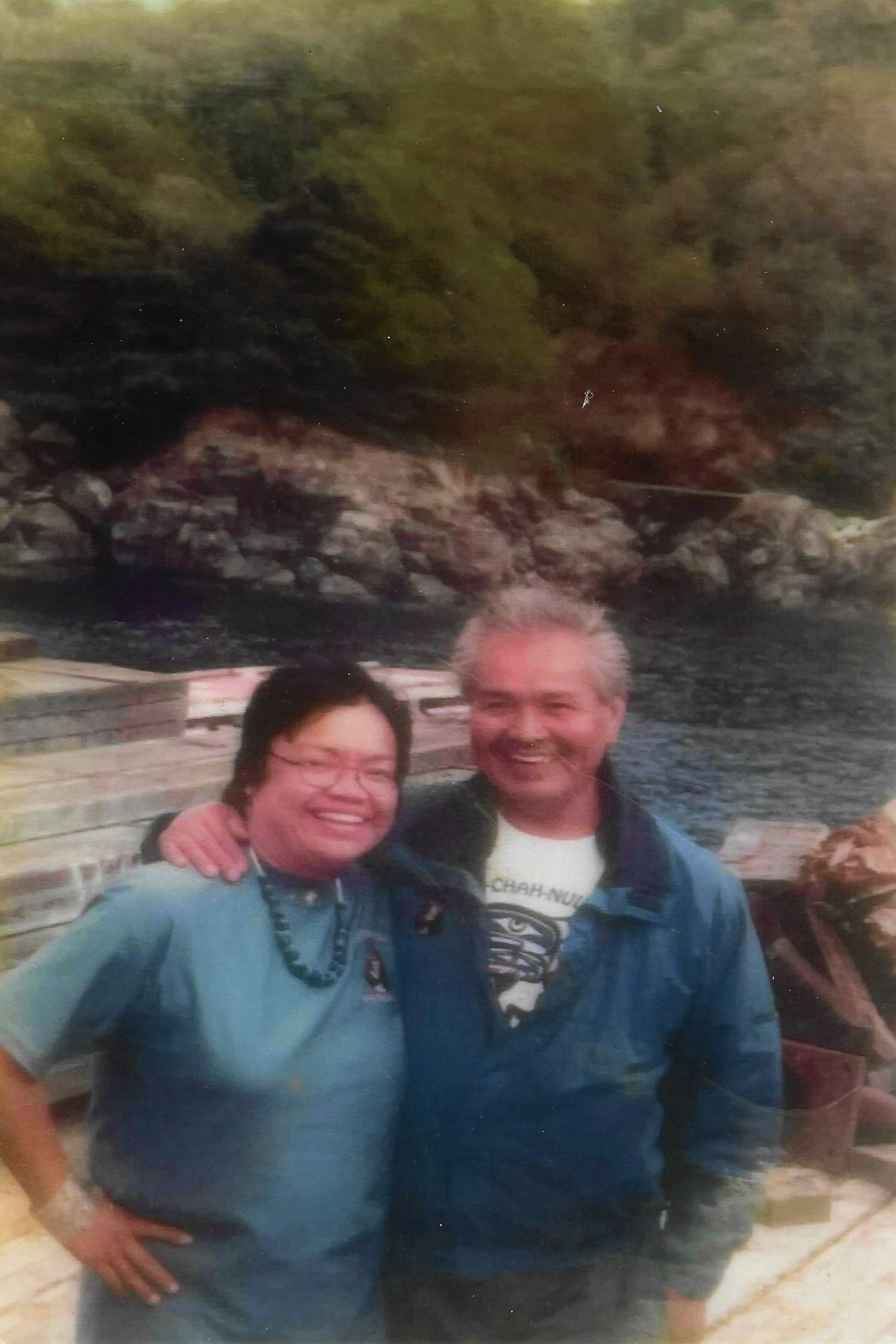
Photo from the "Coming Home" exhibit
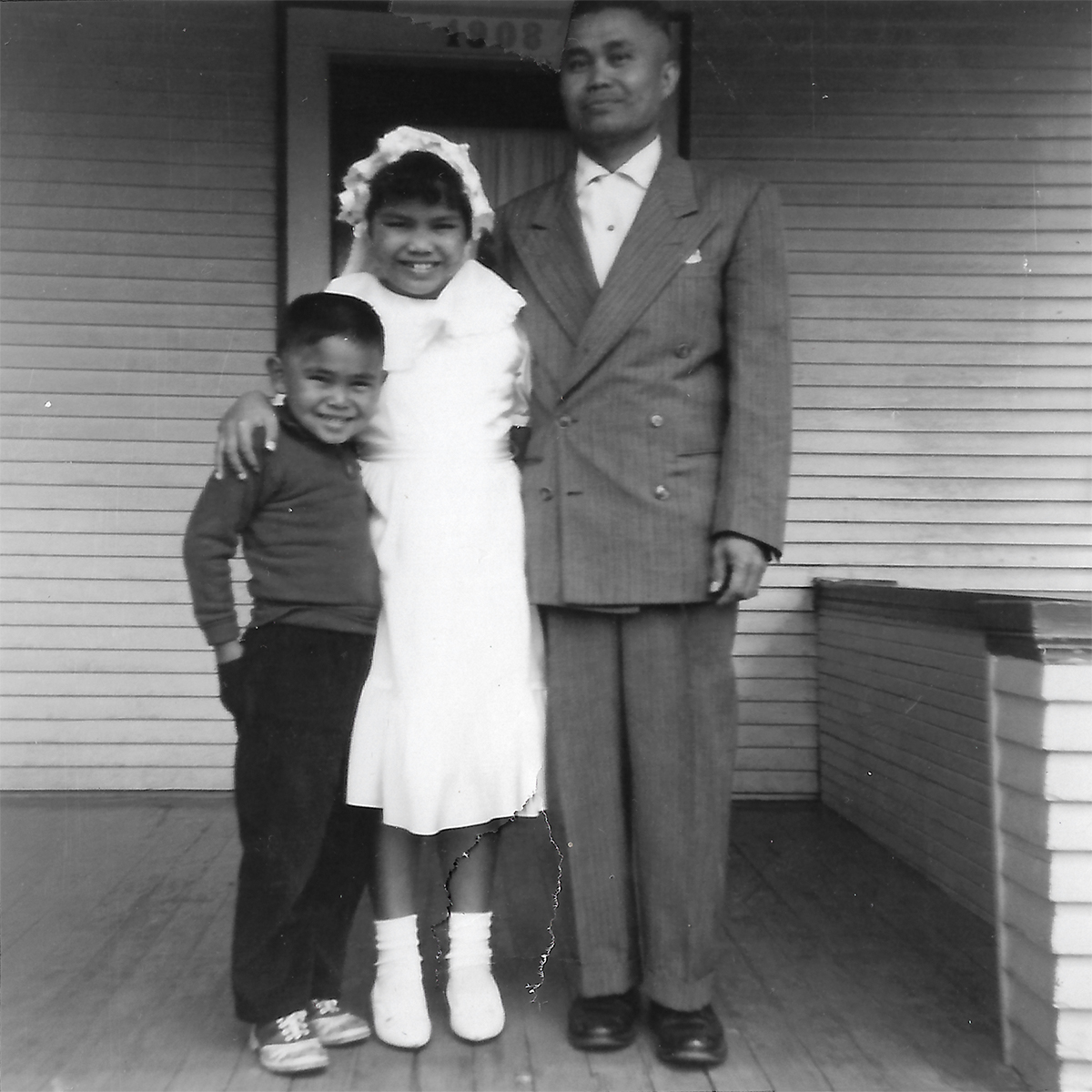
Photo from the "Coming Home" exhibit
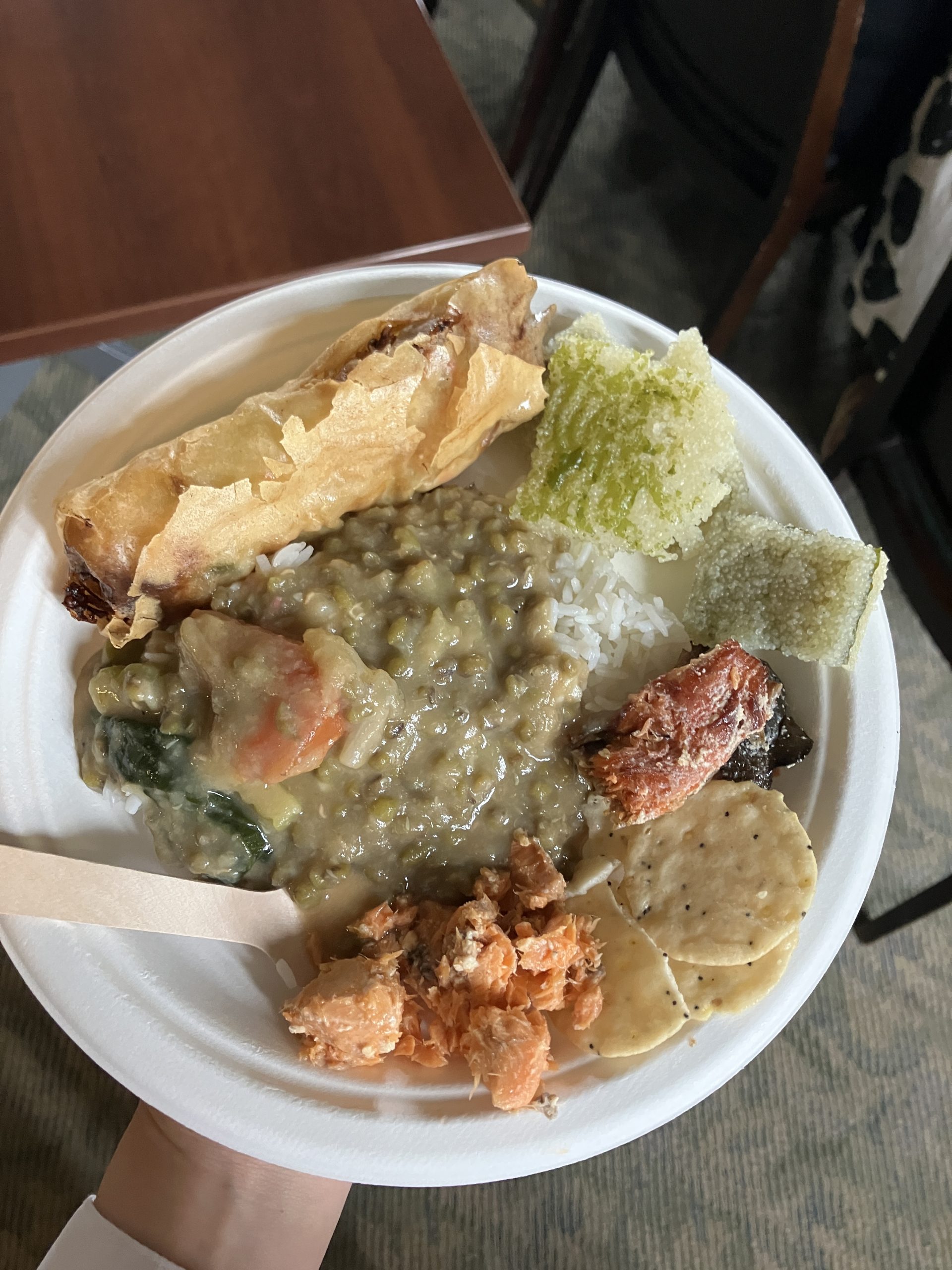
Photo from the "Coming Home" opening ceremony
About the author
Ritwik Bhattacharjee is a PhD candidate in the Interdisciplinary Studies Graduate Program and a Communications Specialist for the Faculty of Arts. His interdisciplinary project works towards dismantling settler colonialism by investigating the role of socially unconscious background assumptions that are resistant to transformative change.
Relevant resources

